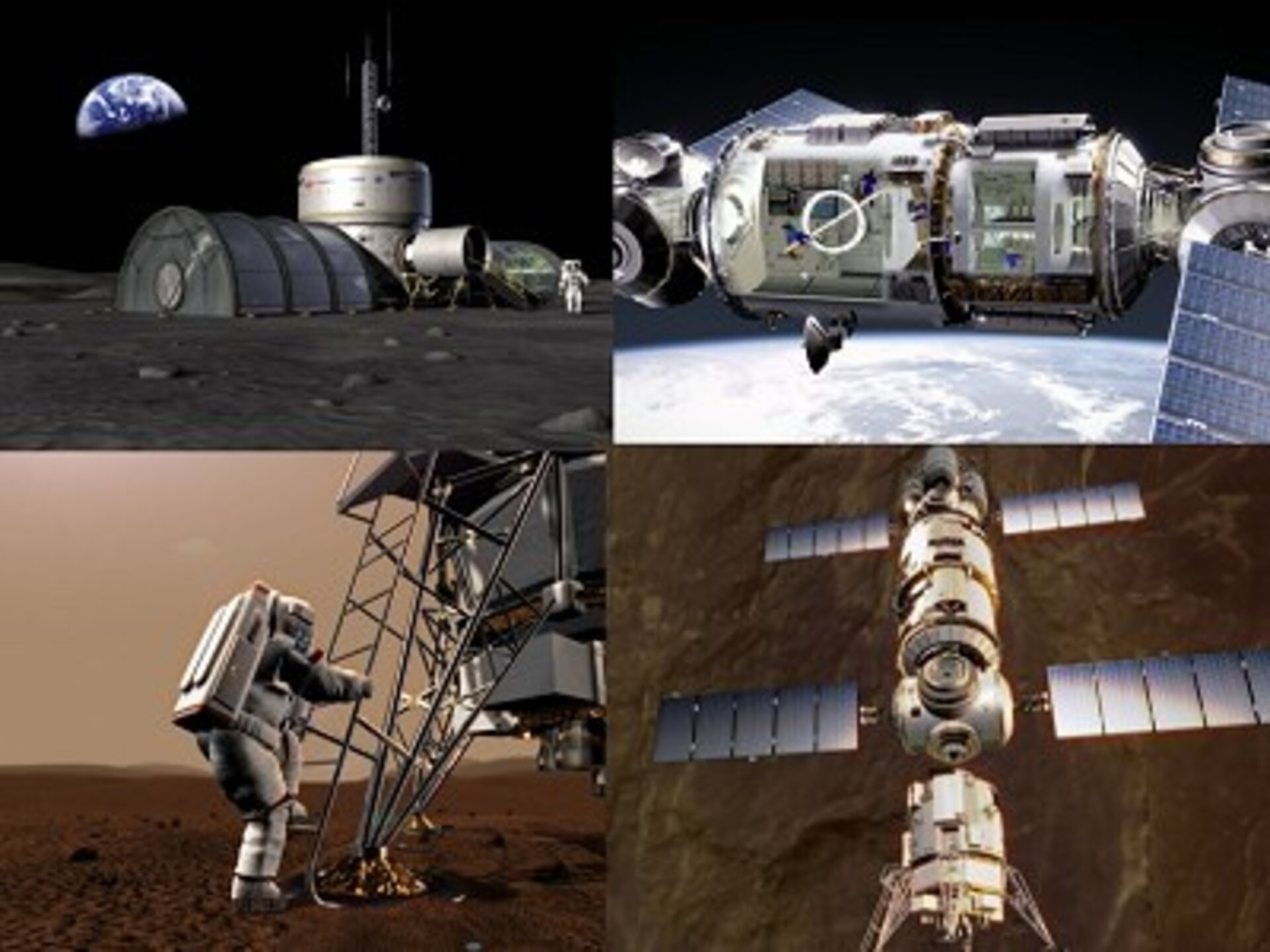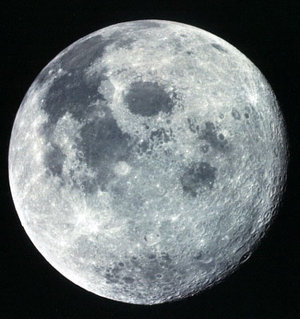Technologies on the road to Mars
The hatch to the airlock opens, revealing a human figure encased in a white pressure suit. After a brief glance at the strange surroundings through his bowl-shaped visor, the ambassador from Earth gingerly steps outside and begins to descend the ladder.
Within minutes, the visitor from another world reaches the bottom rung and prepares for a 'giant leap' - humanity's first imprint in the pristine, orange sands that stretch as far as the eye can see. The human exploration of Mars has begun.
Science fiction? At present, the answer is yes, but this fictional scenario may become a reality by the year 2030. In order to achieve such an ambitious target, ESA has introduced its new Aurora programme. This will eventually enable European astronauts to venture beyond Earth's orbit to the Moon, Mars and beyond.
One of the first requirements of Aurora has been to identify the key technologies that will be needed to send robots, and then people, to explore the solar system. This important task was undertaken by a team of ESA experts, known as the Technical Support Team; the 11 'technology streams' identified for development over the next few decades are shown in the following table.
| 1 | automated guidance, navigation and control and mission analysis |
|---|---|
| 2 | micro-avionics |
| 3 | data processing and communication technologies |
| 4 | entry, descent and landing |
| 5 | crew aspects of exploration |
| 6 | in situ resources utilisation |
| 7 | power |
| 8 | propulsion |
| 9 | robotics and mechanisms |
| 10 | structures, materials and thermal control |
| 11 | instrumentation |
This was followed on 12 February 2002 by a Call for Exploration Technology Proposals, was sent to small and medium-sized companies and research and development institutes across Europe and Canada. The major European prime contractors - Astrium, Alcatel and Alenia Spazio - were already pursuing exploration studies for Aurora.
"We were 'fishing' for really new ideas and processes," said Dietrich Vennemann, human missions manager for the Aurora programme. "We were also aiming to involve new companies that would not normally take part in space activities. We wanted them to tell us about their new ideas, to explain their potential and then suggest what steps would be required to take their proposals further."
The response was astounding with a total of 119 proposals submitted. Of these, 36 were awarded a contract, 45 were put 'on hold' and six were transferred as candidates for other ESA programmes.
The final presentations by most of the 36 successful applicants were made during a meeting at the European Space Research and Technology Centre (ESTEC) in the Netherlands from 9 to 11 December.
Since each of the 11 technology streams was represented at the meeting, the presentations covered a wide range of topics including:
- the design of an ultrasonic drill to obtain rock cores
- helium-filled balloons to explore the atmosphere and surface of Mars
- inflatable landing systems
- automated spacecraft rendezvous
- options for a Martian ascent vehicle
- regenerative solid oxide fuel cells
- an onboard intelligent payload planner
- space food preparation
- plasma thrusters
- biomedical technologies for human Mars missions
- dust analysers for Mars
In the coming weeks, ESA technical officers will make their recommendations as to which proposals offer the most promise for further study and development.
Meanwhile, further study contracts are currently being issued in the context of generic technologies to tackle major problems affecting every space mission under the Aurora programme, e.g. guidance, navigation and control, and radiation exposure.











